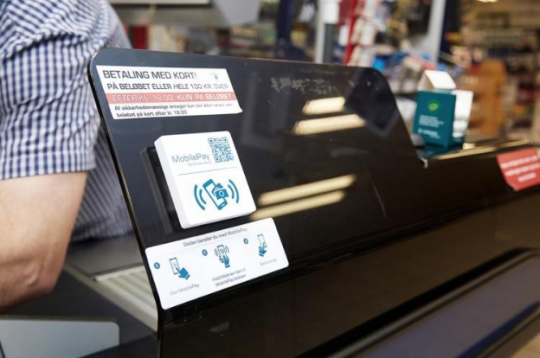By Devika Girish, MobStac

Unless you have been living under a rock, you’d agree that Amazon shook up the retail world last December by introducing Amazon Go — a physical grocery store that features a checkout-free shopping experience facilitated by a smartphone app. While automated self-checkout has captivated public imagination for years now, Amazon has now devised a scheme that makes this a reality.
The 1800-square-foot retail space located in Seattle lets shoppers grab their groceries and just walk out without stopping to scan or pay. Shoppers are then automatically billed on their Amazon Prime account for these in-store purchases. The store employs computer vision and sensor fusion to track customers as they go about the store and record items picked up by them.
Many retail experts have been quick to point out that Amazon Go is ringing in ‘the future of retail’. And in the midst of all this hype, Forbes recently published an article claiming that Amazon Go is proof enough that beacons won’t survive the way forward. In this blog, we will discuss why beacons are definitely going to shake up the retail space.
Will Amazon Go Result In Beacons Being Doomed?
The answer is: No, beacons are not set for doom. Why, you ask? Well for one, the launch of the Eddystone beacon has removed the need for businesses to have a specific retail app in place in order to interact with consumers. Retailers can now simply leverage the Chrome browser app (on both iOS and Android devices) to send contextual notifications to consumers. Lastly, in contrast to common belief, recent Juniper Research found that digital coupons delivered through location-based technology have far higher redemption rates than normal promotions. As per the report, 1.6B coupons will be delivered annually to consumers via beacons by 2020, up from only 11 million in 2016.
How Retailers Can Leverage Beacons To Beat Amazon Go
Amazon will undoubtedly continue to shake up brick-and-mortar stores with technology innovations in the coming years. Given that, here are a few ways retailers can use beacons to step up their in-store digital strategies:
1) To Gain Insights On Consumer Behavior
While most sources provide data that is lacking either on deterministic identity or location, proximity data provided by beacons is the only one that delivers data that is accurate in terms of both location and consumer identity. Not only can beacons help retailers gain insights on visitor distribution within the store, but they also help highlight the paths taken by shoppers, dwell time at various zones, repeat visit patterns and much more.
2) To Enable Self-Checkout
Given the imminent advantages offered by beacons, leading brands across the world are leveraging this tech to deliver quick, safe and easy mobile-based proximity payment solutions. One of the most popular examples in this sector would be MobilePay, a mobile proximity payment service by Danske Bank that leverages iBeacon tech to enable quick and easy mobile payments.

As a part of this deployment, customers were required to wave their smartphones across the store’s smart beacon, with the app running, and then enter the PIN directly on the phone in order to authenticate the payment.
Thus, from offering engaging consumer experiences to gaining insights on consumers, there is a lot that beacons can do to help retailers keep up with the competition.
Devika Girish is a Senior Marketing Associate at MobStac, a company offering a marketing and analytics software platform utilizing beacon technology.






